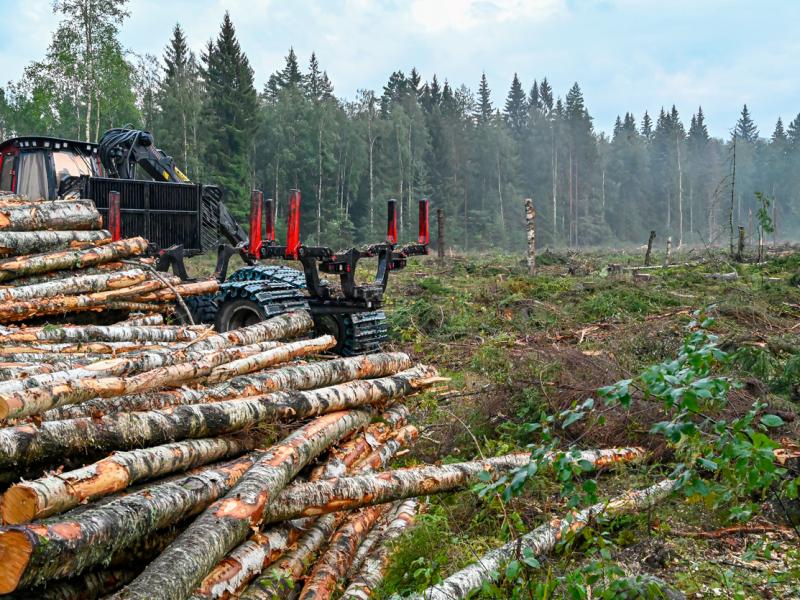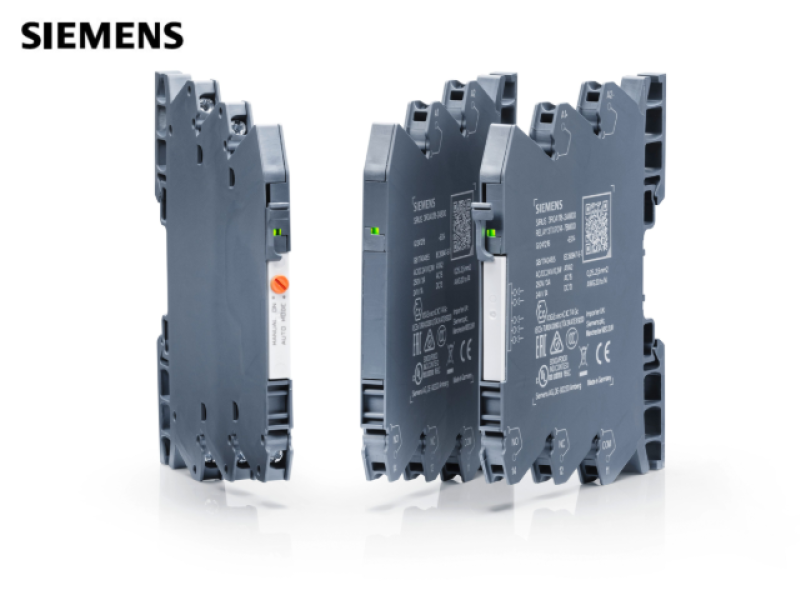NZ’s first ‘green hydrogen’ plant was officially opened on December 9th by Minister of Energy and Resources Megan Woods. The plant was established by Halcyon Power Ltd, a 50/50 joint venture between Tūaropaki Trust and Obayashi Corporation of Japan, and has been in development since 2018.
Halcyon Power uses electricity generated by geothermal power to electrolyse water to produce ‘green hydrogen’. It expects to begin wholesaling hydrogen domestically in January and will produce around 180 tonnes in the first year. The ultimate aim, said Tūaropaki chief executive officer Steve Murray, is to complete a hydrogen supply chain that includes transportation, site storage and refuelling infrastructure.
Tūaropaki Trust has a track record of NZ firsts, opening the Mōkai power station, near Taupō, in 2000 - the country’s first privately developed and owned geothermal plant. Tūaropaki entered the joint venture with Obayashi to encourage the commercial production and wider use of hydrogen as a transport fuel. Obayashi Corporation is one of Japan’s most successful construction companies, known for expertise and technological innovation, and played a key role in the construction of Auckland’s Waterview Connection road tunnel. Technology for the plant, including the electrolyser, was supplied by Hydrogenics/Cummins.
Murray said the future of green hydrogen - produced with renewable electricity - was not only as a substitute for fossil fuels in the transport sector but also to replace hydrogen used in industrial processes and produced using natural gas or coal.
Tūaropaki chair Gina Rangi said as well as fitting with the trust’s ethos to protect and sustainably develop its land and people, the hydrogen plant was a step towards the country’s Zero Carbon Act goals of zero net greenhouse gas emissions by 2050.
In a videoed address Obayashi Corporation president Kenji Hasuwa said hydrogen production and application was a major trend in de-carbonisation with the state-of-the-art facility enhancing the country’s competitiveness and renown. The completion of the plant was not the endpoint, he said.
“Together with Tūaropaki we will investigate building a hydrogen supply chain in New Zealand that spans production, transportation and application, and contribute to the greening of the country.”
Halcyon Power project manager Aya Inagaki said commissioning of the plant was now complete, and post commission due diligence should be completed by the end of December. At this stage, retailers will be able to collect the gas, she said, which would be priced competitively to enhance its attractiveness as an alternative fuel. Normally fuel cell vehicles (FCVs) would require around 5kg to fill the tank, for a range of over 600-800 km.






